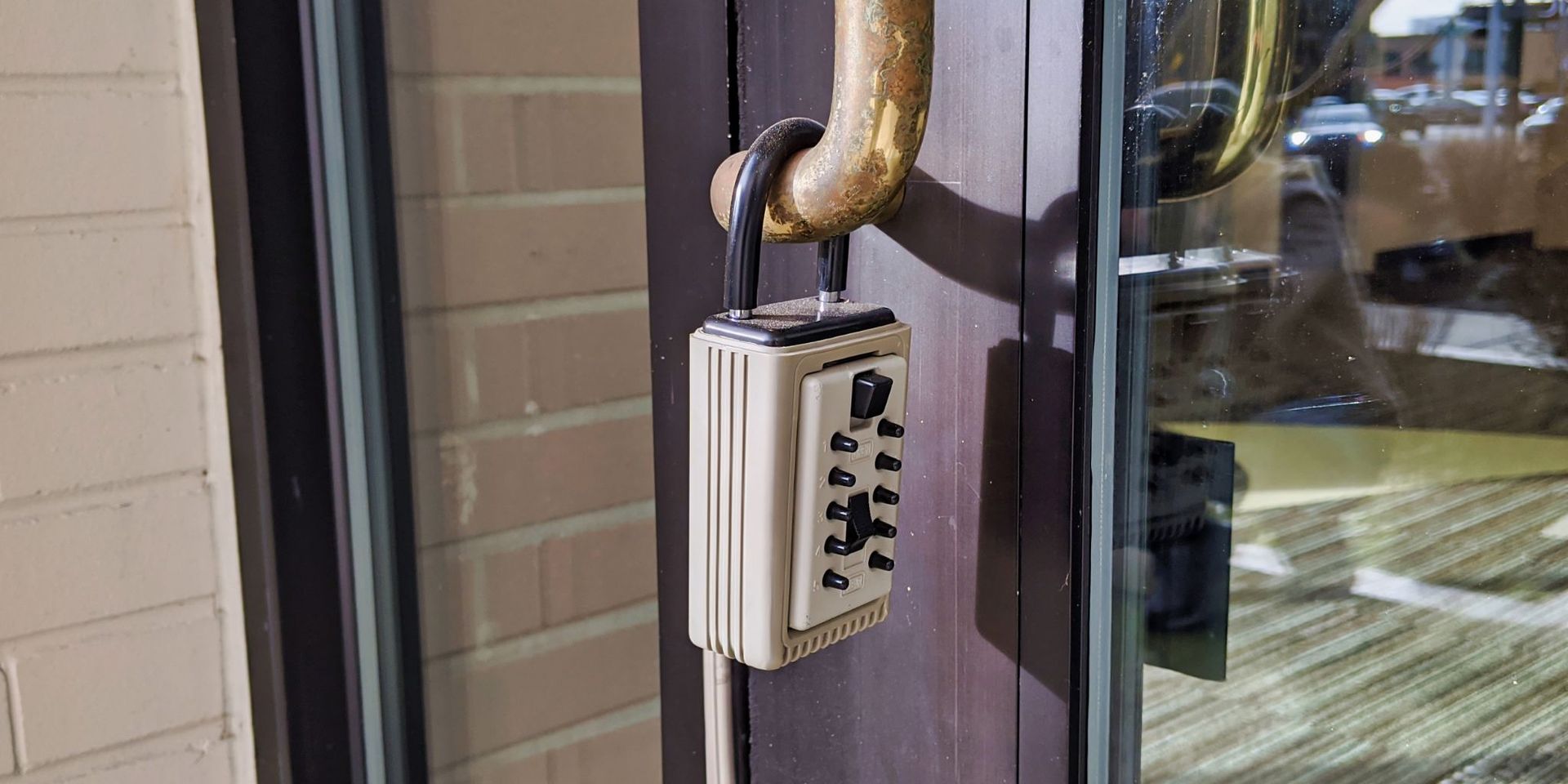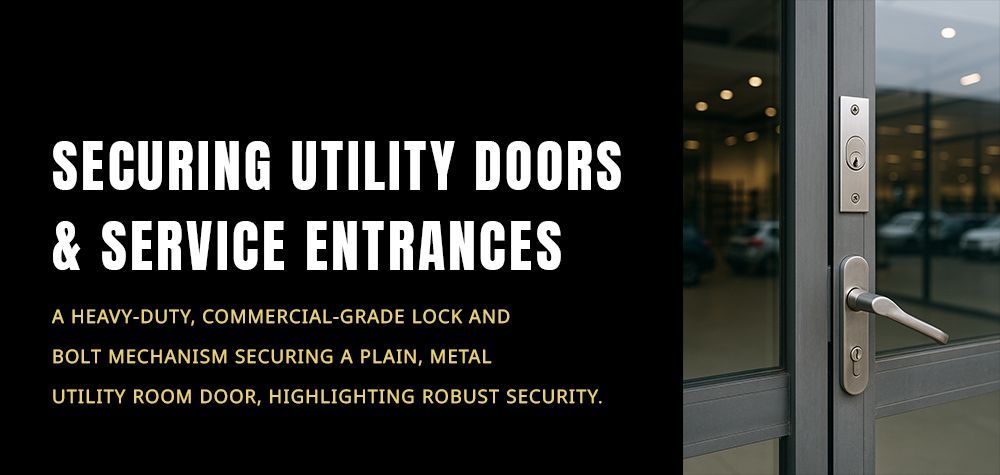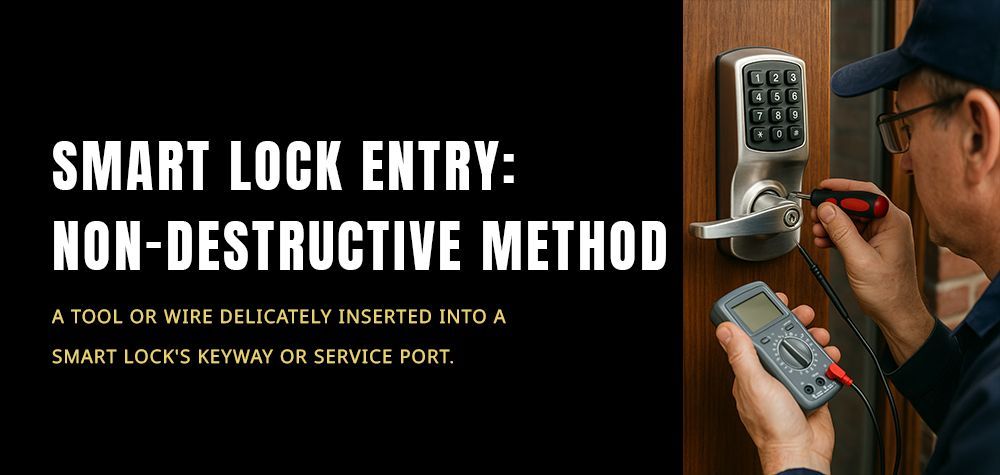How Secure Are Lockboxes?
Lockboxes serve as convenient solutions for securely storing keys and access cards, offering a balance between accessibility and security. However, as with any security mechanism, understanding their capabilities and limitations is crucial for making informed decisions about their usage. In this comprehensive exploration, we delve into the anatomy of lockboxes, highlighting their key components and functionality. Additionally, we discuss the benefits they offer, common bypassing methods used by intruders, and expert advice from locksmiths on maximizing their security. By the end of this discussion, you'll have a clearer understanding of the factors that contribute to the security of lockboxes and how to make the most of their protective features.
Read more about How do master keys work?
Lockbox Anatomy
Lockboxes are designed with several essential components that work together to provide secure key storage and controlled access. Understanding the anatomy of a lockbox is crucial for evaluating its security features and effectiveness. Here's a breakdown of the key components:
1. Body
- The main housing of the lockbox, typically constructed from durable materials such as hardened steel or aluminum.
- Provides protection for the internal locking mechanism and the keys stored inside.
2. Shackle
- The U-shaped metal loop that attaches the lockbox to an object, such as a door handle or railing.
- Available in various sizes and designs, including standard shackles, long shackles, and adjustable shackles.
3. Locking Mechanism
- The mechanism responsible for securing the lockbox and controlling access to the keys.
- Common locking mechanisms include combination dials, push-button keypads, and key-operated locks.
- Some advanced lockboxes may feature electronic or Bluetooth-enabled locks for remote access control.
4. Key Storage Compartment
- The interior compartment where keys, access cards, or other small items are stored.
- May feature hooks, clips, or slots to organize and secure multiple keys.
- Some lockboxes include protective covers or shields to conceal keys from view.
5. Weatherproofing Features
- Many lockboxes are designed with weatherproofing features to withstand outdoor conditions.
- Weather-resistant coatings, seals, and gaskets help prevent moisture, rust, and corrosion.
6. Mounting Options
- Lockboxes may offer various mounting options for installation, including wall-mounting brackets, screw holes, or adhesive pads.
- Some models may include additional security features, such as tamper-resistant screws or reinforced mounting points.
Benefits of Lockboxes
Lockboxes offer numerous advantages for securely storing keys and access cards, making them popular solutions for a variety of applications. Understanding the benefits they provide can help individuals and businesses make informed decisions about implementing lockbox systems. Here are some key benefits:
1. Enhanced Security
- Lockboxes provide a secure storage solution for keys, access cards, and other sensitive items, reducing the risk of unauthorized access or theft.
- Advanced locking mechanisms and durable construction materials help deter tampering and break-ins.
2. Controlled Access
- Lockboxes allow authorized individuals to access keys or entry cards only when necessary, ensuring controlled access to secured areas.
- Access codes or keys are distributed only to authorized personnel, reducing the risk of unauthorized entry.
3. Convenience
- Lockboxes offer convenient key management solutions, eliminating the need for traditional key handovers or on-site supervision.
- Authorized individuals can access keys at any time, without relying on keyholders or property managers to be present.
4. Flexibility
- Lockboxes are versatile solutions that can be used in various settings, including real estate, property management, rental properties, and emergency services.
- They can accommodate multiple keys or access cards, making them suitable for managing access to multiple properties or vehicles.
5. Cost Savings
- Implementing lockbox systems can result in cost savings by reducing the need for locksmith services, key replacements, and time-consuming key handovers.
- Lockboxes can also minimize the risk of lost or misplaced keys, eliminating the associated costs and inconvenience.
6. Transparency and Accountability
- Lockboxes provide a transparent record of key access, allowing administrators to track who accessed keys and when.
- This promotes accountability among users and helps identify any unauthorized access or security breaches.
7. Emergency Access
- In emergency situations, such as medical emergencies or property damage, lockboxes enable authorized individuals, such as first responders or maintenance personnel, to access keys quickly and efficiently.
Read more about Smart lock installation guide!

Bypassing Methods
Despite their security features, lockboxes are not immune to bypassing methods used by intruders seeking unauthorized access to keys or entry cards. Understanding these vulnerabilities is essential for implementing effective security measures and minimizing the risk of security breaches. Here are common bypassing methods used to compromise lockbox security:
1. Lock Picking
- Intruders may attempt to pick the lock of a lockbox using specialized lock picking tools.
- Lock picking involves manipulating the pins inside the lock to mimic the action of a key and unlock the mechanism.
2. Shimming
- Shimming involves inserting a thin, flexible tool, such as a shim or a piece of plastic, between the shackle and the lock body to bypass the locking mechanism.
- By applying pressure to the shackle and manipulating the internal components, intruders can release the shackle without the need for a key or combination.
3. Brute Force Attacks
- In a brute force attack, intruders attempt to forcibly open the lockbox by applying physical force or using tools such as hammers, bolt cutters, or power tools.
- This method relies on breaking or damaging the lock or shackle to gain access to the contents of the lockbox.
4. Key Duplication
- If the lockbox uses a traditional key-operated lock, intruders may attempt to duplicate the key using impressioning techniques or key copying services.
- Once a duplicate key is obtained, intruders can use it to unlock the lockbox and gain access to the keys stored inside.
5. Manipulation of Electronic Locks
- Lockboxes equipped with electronic or keypad locks may be vulnerable to manipulation techniques aimed at bypassing or overriding the electronic security features.
- Intruders may exploit weaknesses in the electronic components or software to gain unauthorized access.
6. Tampering with Mounting Hardware
- Intruders may attempt to remove or tamper with the mounting hardware securing the lockbox to its installation surface, such as walls or doors.
- By compromising the mounting hardware, intruders can remove the lockbox from its location and gain access to the keys stored inside.
7. Exploiting Weaknesses in Design or Construction
- Some lockboxes may have design or construction flaws that make them susceptible to bypassing methods.
- Intruders may exploit these weaknesses to compromise the security of the lockbox and gain access to its contents.
Locksmith Advice
Locksmiths offer valuable expertise and insights into securing valuable assets, including keys and access cards stored in lockboxes. Here are some expert recommendations from locksmiths to help maximize lockbox security:
1. Choose High-Quality Lockboxes
- Select lockboxes made from durable materials such as hardened steel or aluminum, with robust construction and tamper-resistant features.
- Opt for reputable brands known for their quality and reliability in lockbox manufacturing.
2. Use Advanced Locking Mechanisms
- Consider lockboxes equipped with advanced locking mechanisms, such as electronic or Bluetooth-enabled locks, for enhanced security.
- Electronic locks offer features such as programmable access codes, audit trails, and remote access control capabilities.
3. Secure Installation
- Ensure lockboxes are securely installed using appropriate mounting hardware and techniques.
- Mount lockboxes in inconspicuous locations that are not easily accessible or visible to potential intruders.
4. Regular Maintenance and Inspection
- Schedule regular maintenance checks to inspect lockboxes for signs of wear, damage, or tampering.
- Lubricate moving parts, such as hinges and locking mechanisms, to ensure smooth operation and prevent mechanical failures.
5. Monitor Key Access
- Keep a log of key access activity, including dates, times, and individuals accessing the keys.
- Implement additional security measures, such as surveillance cameras or access control systems, to monitor key access and deter unauthorized entry.
6. Educate Authorized Users
- Provide training and guidelines to authorized users on proper key management practices and security protocols.
- Emphasize the importance of safeguarding access codes, keys, and lockbox locations to prevent security breaches.
7. Stay Informed About Security Trends
- Stay informed about emerging security threats, vulnerabilities, and best practices in lockbox security.
- Stay updated on advancements in lockbox technology and consider upgrading to newer models with improved security features when appropriate.
8. Consult with Professional Locksmiths
- Consult with experienced locksmiths for personalized advice and recommendations tailored to your specific security needs and concerns.
- Locksmiths can assess your existing security measures, identify potential vulnerabilities, and recommend solutions to enhance lockbox security.
Conclusion
Lockboxes serve as invaluable tools for securely storing keys, access cards, and other sensitive items, offering a balance of convenience and security for individuals and organizations alike. In this discussion, we've explored the various aspects of lockbox security, including their anatomy, benefits, vulnerabilities, and expert advice for maximizing security measures.
Understanding the anatomy of lockboxes allows users to evaluate their security features and select the most suitable options for their needs. The benefits of lockboxes, including enhanced security, controlled access, convenience, and cost savings, make them indispensable solutions for key management and access control.
However, it's essential to remain vigilant against common bypassing methods used by intruders to compromise lockbox security. By implementing expert-recommended security measures, such as choosing high-quality lockboxes, using advanced locking mechanisms, securing installations, monitoring key access, and staying informed about security trends, individuals and organizations can mitigate the risk of unauthorized access and safeguard their assets effectively.
Locksmiths play a crucial role in providing expert advice and guidance on lockbox security, offering personalized recommendations tailored to specific security needs and concerns. Consulting with professional locksmiths can help ensure that lockbox installations are robust, reliable, and resistant to security threats.
Call Us Any Time!









